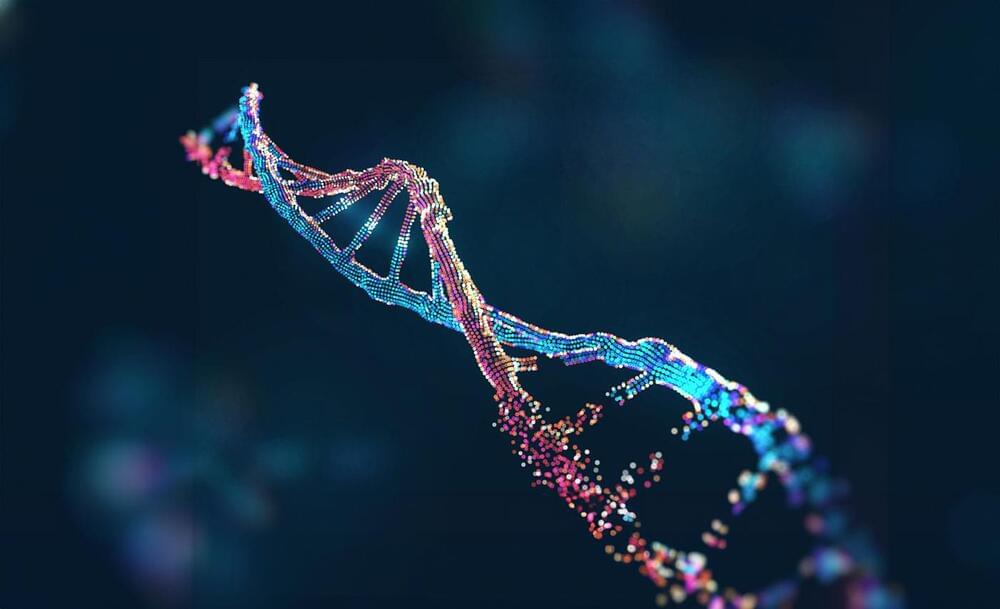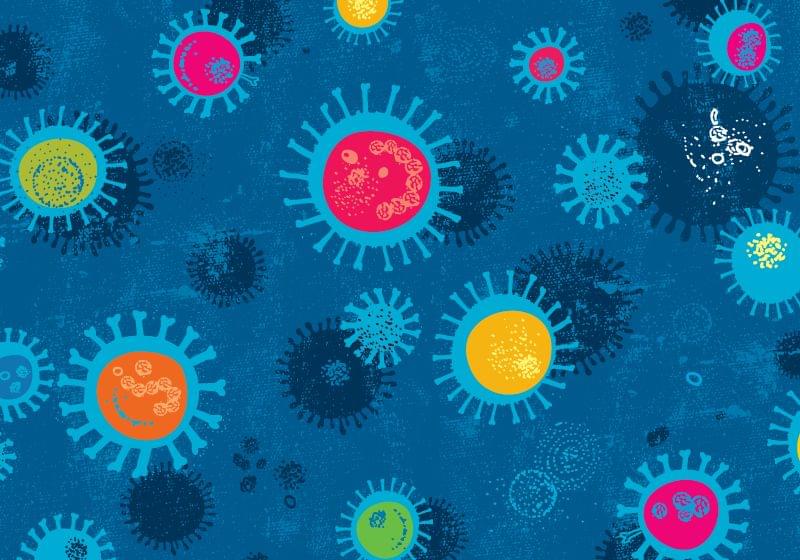Aug 26, 2024
Scientists discover new code governing gene activity
Posted by Dan Breeden in categories: biotech/medical, genetics
A newly discovered code within DNA—coined “spatial grammar”—holds a key to understanding how gene activity is encoded in the human genome.
This breakthrough finding, identified by researchers at Washington State University and the University of California, San Diego and published in Nature, revealed a long-postulated hidden spatial grammar embedded in DNA. The research could reshape scientists’ understanding of gene regulation and how genetic variations may influence gene expression in development or disease.
Transcription factors, the proteins that control which genes in one’s genome are turned on or off, play a crucial role in this code. Long thought of as either activators or repressors of gene activity, this research shows the function of transcription factors is far more complex.


















